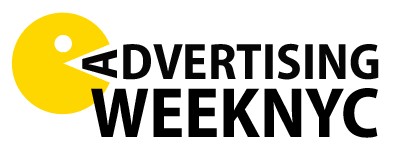Here’s a thoughtful comparison between what the advertising industry expected in 2004 and what reality—or expert projections—look like as of 2025. This deep dive offers context for marketers and industry leaders navigating today’s landscape.

Predictions Circa 2004
- Rapid Growth in Online Advertising: Forrester projected that global online ad spending would reach $33 billion by 2004, with the U.S. growing from $2.8 billion to $22 billion—equaling 8.1% of total ad spend (Forrester Research).
- U.S. Online Ad Revenue Boom: The IAB and PwC reported that internet advertising revenues in the U.S. rose nearly 33% over 2003, reaching $9.6 billion in 2004. Q4 alone hit a record $2.69 billion (IAB/PwC Report).
- Television Still Dominated Budgets: Despite optimism about digital, TV remained the lion’s share of global ad spend—even as internet advertising grew from 4.3% in 2004 to 23.5% by 2013 (WARC analysis).
- Online Campaign Tools Gaining Traction: DoubleClick’s CEO foresaw double-digit growth in internet advertising for 2005, driven by better tools for campaign building and analytics—highlighting the young industry’s shift toward data-driven strategy (Wired coverage of DoubleClick).
Current Trends & Projections for 2025
- Retail Media Networks Skyrocketing: The retail media channel—advertising within retailer platforms—is now forecasted to reach into the hundreds of billions globally by 2025, outpacing traditional TV and streaming ad revenue.
- User-Generated Content (UGC) Dominance: Brand budgets are shifting heavily toward creator-driven content, reflecting UGC’s power to engage and convert audiences authentically.
- AI & Programmatic Everywhere: Programmatic ad systems, powered by real-time bidding, now represent a foundational layer of digital media buying. AI tools enhance precision in targeting, personalization, and creative output.
- CTV and Video Takeover: Connected TV ad spend is estimated to hit tens of billions in 2025, approaching half of all U.S. digital video spending.
- Privacy-First Strategies on the Rise: With third-party cookies fading, contextual targeting and privacy-safe data practices are becoming critical, yet effective, ad tactics.
Key Takeaways for New York Marketers
This comparison highlights several strategic lessons:
- Media Channels Evolve Quickly: What began as early-stage optimism for online media has matured into a multi-channel reality that includes retail, social, CTV, and creator ecosystems.
- Technology Drives Creativity and Scale: The tools imagined in 2004—better analytics and targeting—are now the creative canvas. AI and programmatic make content scalable and strategic.
- Authenticity and Privacy Are Non-Negotiable: Sponsors need to weave meaningful, transparent storytelling into privacy-safe frameworks to win trust and attention.
- Expect the Unexpected: Predictions in 2004 centered around mobile and internet growth. Today, marketers face rapid advances—from IoT-enabled ads to shoppable content and AI-generated campaigns.
For industry professionals based in New York—rooted in Madison Avenue’s legacy and shaping tomorrow’s digital frontiers—understanding this evolution from prediction to reality is vital for strategy development and future-proof planning.
